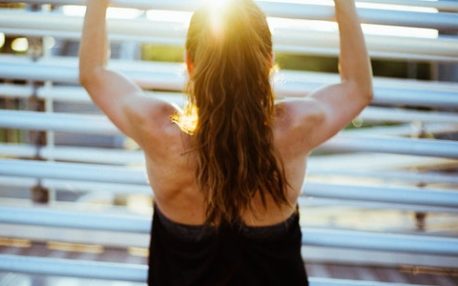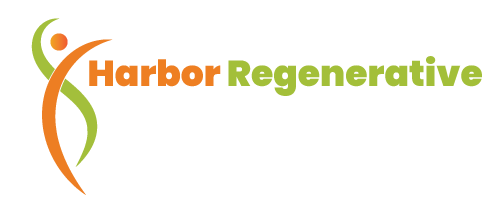
“Osteoarthritis, known as OA, is the most common musculoskeletal disease in the world “
Natural Approaches to
Osteoarthritis
October 2020 Edition
What’s New
Pumpkins are fruits, not vegetables. Fruits are considered to be the part of the plant that has seeds on the inside. By this definition, a pumpkin is definitely a fruit. They’re a member of the gourd family, which includes other fruits like watermelon and winter squash.

Oh, my aching joints!
There’s good reason why we hear this so often. Osteoarthritis, known as OA, is the most common musculoskeletal disease in the world and a prevalent factor in work absences, temporary or permanent disability, hospital admissions, and use of pain-management drugs. While OA can develop in any joint, the knee is most typically affected.
Causes & Symptoms of OA:
OA develops in response to a chronic inflammatory response in which there is progressive deterioration of the cartilage and narrowing of the joint space. The mechanical function of the entire joint, including adjacent bone and soft tissue (ligaments, muscles, and tendons), can become impaired. Factors that cause OA include:
- joint injury
- overuse related to sport, physical activity, or job conditions
- obesity
- age (over age 50)
- smoking
- lack of exercise or excessive exercise
- diabetes
- hormonal changes related to menopause
Symptoms of OA include pain, stiffness, and swelling in the joint. There may also be stiffness or cramping in the adjacent muscles.
Treating OA:
The main objective of treatment is symptom management – reducing pain and underlying inflammation – and preventing further deterioration of the joint. It has been commonly thought that OA is irreversible; however, advances in orthopedic treatments, regenerative medicine, nutritional science, physical therapy and related fields indicate that people can improve joint function and experience a reduction in pain. Treatments vary by individual and often a combination of treatments are used; here are a few:
Contrast Therapy: Alternating hot and cold-pack treatment or alternating soaking in warm and cool-water baths can reduce stiffness, inflammation, and pain level. Soaking can also be done in mineral-infused water (aka, balneotherapy). Another form of contrast therapy involves applying a warm compress to the joint for five minutes and then covering it with a thin, cold towel for ten minutes.
Aquatic Therapy: Exercising in the water, including swimming and water aerobics, enhancing pain management, mobility, and increased sense of wellbeing.
Muscle Strengthening: Strengthening the muscles and connective tissue around the affected joint helps improve strength and range of motion, reduces pain and swelling, and can prevent further breakdown of the cartilage. An exercise program may include yoga, tai chi, or strength training and should be designed by a physician or physical therapist who is knowledgeable about OA and your personal lifestyle goals.
Lifestyle Support: If you smoke, focus on reducing and ultimately quitting to help reduce the inflammatory load in your body. Eat a healthy diet consisting of whole grains, healthy fats, lean meat, poultry and fish, and plenty of fresh fruits and veggies. Cut down on sugar as it contributes to inflammation.
Nutritional Supplements: Glucosamine, a compound found in certain marine animals (there is also a vegan form), is one of the most frequently used supplements worldwide due to its chondroprotective properties (ability to delay joint deterioration and narrowing). Always check with a holistic physician before taking nutritional supplements.
Conventional Medicine for OA: Orthopedic interventions can include the use of anti-inflammatory, muscle relaxant, and pain medicine, some of which may cause unwanted side effects (drowsiness, upset stomach). Joint lubrication injections of cortisone are common. Knee and hip joint replacement surgery can be life-changing for people who have tried other approaches, including holistic, and are still suffering.
It’s important to work with your holistic practitioner to determine the best approach for you.
Guiding Principles



